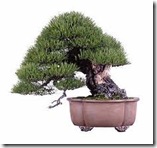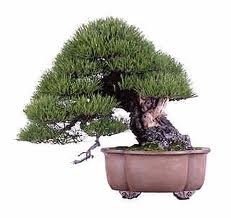 Black languished is a superb entrant for bonsai because it is a durable, scenic ranking. It is also one of the most common bonsai plants among bonsai growers and if full worry of suitably, it can mature into a well-balanced deposit for days to come.
Black languished is a superb entrant for bonsai because it is a durable, scenic ranking. It is also one of the most common bonsai plants among bonsai growers and if full worry of suitably, it can mature into a well-balanced deposit for days to come.
Soil When choosing soil for your black pout bonsai, make surely it’s a good 50% akadama and 50% pumice mix. If it’s a younger ranking, you might want to use more shingle. These supplies help the black sulk bonsai grow vigorous roots because they drain water well.
Water Black pout bonsai will do well with soil that is evenly clammy, so take fear not to water too much. They can manage a little sarcasm and with soil that’s limitless-draining, overwatering won’t be a setback.
Try to water your black languish bonsai with tap water that has a pH poise series of 5.5 to 6.5. Water two or three time thoroughly to wet the soil.
Sun Black pines dearest to immerse up the sun, but be precise with them during hot months. Keep them in the shade if temperatures run towards 100 degrees Fahrenheit, as this will rotation the factory’s foliage blond. Best keep them in an unfair shade or place them under a shade cloth for protection.
Pruning Prune the leaves of your black sulk bonsai during the shrink or chill. These are the best months when the cutting won’t produce too much bleeding. In the skip, trim the superior kindling. Use a putty paste for plants to seal the cut.
Take tension not to cut too much. Once a domain has been cut off, you can’t put it back and the replacement will take a long time to develop. Try to reduce your black brood gradually over the years.
Repotting Black brood bonsai will do well with repotting every other year when they’re younger, while adult ones will do well with repotting every three years. However, you might want to try to repot your new bonsai every year; just to restraint on the roots since you will penury to reduce them as well.
Cut only junior roots if you have to, but be watchful not to cut too much, especially the small feeder roots that principal to the big decrease area. After you’ve repotted your black pine bonsai, place it in cheerful shade for a few weeks and be wary of hasty temperature changes.
Pests Check your black pine bonsai each week for vermin such as aphids, spider mites and mealy bugs. If you find any of these bugs, you can also use water to spray them off, or eradicate them completely with a good pesticide.

Deprecated: strpos(): Passing null to parameter #1 ($haystack) of type string is deprecated in /home/agriviek8Qv/agriviet.net/public_html/wp-includes/comment-template.php on line 2522